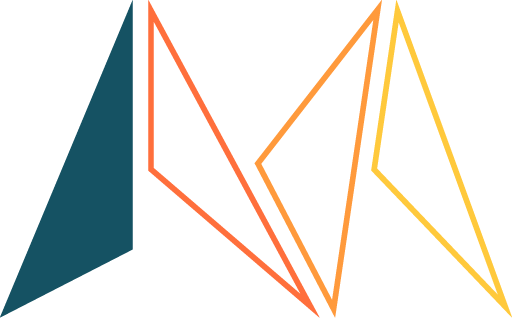Summary
This teaching activity introduces students to a theoretical framework underpinning more-than-human design. The framework presents three important concepts to understand the process of doing more-than-human design: assemblage, constituency, and pluriversal perspectives. The framework and the concepts are clarified by comparing them to a common framework for Human-Centered Design: The Double Diamond model.
Motivation
The aim of this teaching activity is to support students with a background in human-centered design, but new to the field of more-than-human design, in developing an understanding of the process of doing more-than human design and how it relates to a selection of the vast body of literature that can be of relevance when considering more-than-human design. The framework builds on several of these theoretical works but aims to make them more concrete to students by translating these works into practical terms that the students are familiar with. The framework can also help students understand the connection between different teaching activities, such as those proposed on the OER.
Learning outcomes
After the teaching activity students should be able to:
- Explain in their own words what the concepts assemblage, constituency, and pluriversal perspectives mean.
- Compare more-than-human design with human-centered design by describing similarities and differences.
- Discuss some of the considerations, difficulties and opportunities related to the different concepts.
If the teaching activity is used in conjunction with one or more other teaching activities on the OER, they should also be able to:
- Describe the connection of each of the different teaching activities to the concepts presented here. Notice that this can only be done after finishing the other activities.
Teacher guidance
Preparations
After reviewing the slides and reading the recommended literature, the teacher may want to adapt the slides to the local context by adding local examples.
Step 1: Lecture, Group size: All, Time: 60 min
The slide presentation introduces students to the fact that most design is embedded in a human-centered paradigm. Thereafter, the presentation introduces more-than-human fellow beings, the concept of the assemblage as exploring the design space, and the concept of the constituency as determining who to include in the design process and in what way. The students are also introduced to the notion of pluriversal perspectives and how they can give different views on both the assemblage and the constituency.
Step 2: Group work, Group size: 4, Time: 60 min
Students discuss the concepts presented in the lecture by applying them to a fictious design brief or a case they work on in a course. A suggested design brief is described in the slides but could also be replaced by a design brief of more relevance to the local context.
Step 3: Share in class, Group size: All, Time: 60 min
Students present their application of the concepts to the design brief and discuss their understanding of the different concepts.
Questions for assessment
Examples of questions to include in an assessment activity:
- What is your definition of an assemblage and how would you go about investigating the assemblage in a given project?
- What is your definition of a constituency and how would you go about investigating the constituency in a given project?
- Are there any perspectives, like the AI perspective, the Environmental Science Pedagogies, or the Indigenous perspective, that you feel more comfortable with, why?
- Are there any perspectives, like the AI perspective, the Environmental Science Pedagogies, or the Indigenous perspective, that you feel less comfortable with, why?
- Do you think it is possible to combine all different perspectives, or would you argue that some combinations of perspectives are not possible?
- What other perspectives could you imagine using when defining the assemblage and the constituency? How would you go about familiarizing yourself with these perspectives?
Recommended readings
Hansen, Anne-Marie Skriver; Barendregt, Wolmet; Jensen, Rikke Hagensby; Nilsson, Elisabet M.; Eriksson, Eva; Yoo, Daisy (forthcoming). Entering the More-Than-Human Realm: Translating Theoretical Concepts into Practical Approaches.
Poikolainen Rosén, Anton; Salovaara, Antti; Botero, Andrea; Søndergaard, and Marie Louise J. (Eds.) (2024). More-than-human design in practice. Routledge.

